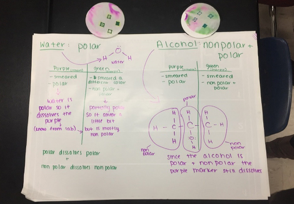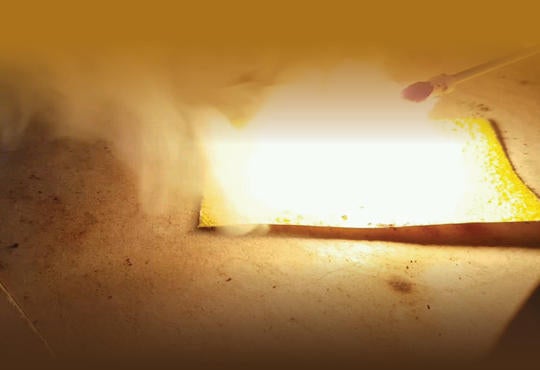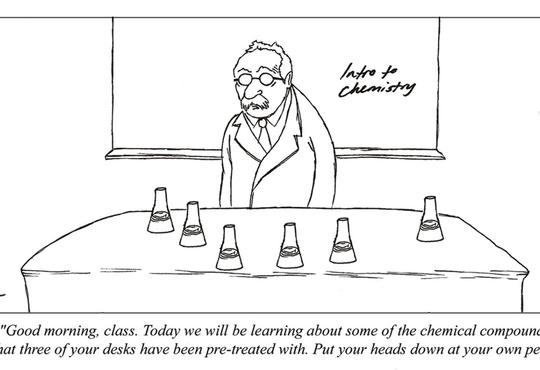In our chemistry class we find it essential to connect the concepts throughout the entire year into one overall story. This activity is used as a bridge between the unit on intramolecular forces and the one on intermolecular forces. Leading into the investigation we discuss, how up until this point, we have investigated chemical bonds as polar, nonpolar or ionic only within the individual molecules or formula units. Now we are going to begin to investigate how substances interact with each other based on polarity of the two substances — whether they are the same or different.
The students are asked to consider the polarity of the substances: ink in a permanent marker, ink in a washable marker, ethanol and water. To begin, the students are asked to brainstorm and write down any questions that they have regarding the inks of the two types of markers, the alcohol and the water. They are asked to consider possible interactions between the ink and the water or ethanol. These questions will help drive their investigation. Next the students are provided with two markers (washable and permanent), pieces of filter paper, a beaker containing ethanol, a beaker containing water, pipettes and petri dishes. Using their developed questions, students are asked to make a claim, then design and investigate their claim(s).
After their investigation, students use a poster to present a formal Claim, Evidence, Reasoning (CER) regarding the polarity of the ink of the markers. Our classes are college preparatory and college preparatory in-class-support which means that there are students with Individualized Education Programs (IEPs) and a special education teacher in the room. For the CER our struggling learners are provided prompts to each section of their write-up. For their claim we provided the question, “What is the polarity of permanent marker ink and the washable marker ink?” This question helps them develop their claim. In the evidence section we asked them to provide detailed charts and lists of their interactions. For the reasoning section we provided reminders to draw structures to prove the polarity of known substances as well as a sample way to start their discussion.
One problem encountered during this activity occurred when students do not let the marker dry before they started their experiment. This was the case with the permanent markers — the remaining wet ink moved with water. This turned out to be a learning opportunity, and we tied it to prior knowledge about ink of permanent markers and water. We also emphasised that allowing the ink to dry made our experiments repeatable — a critical aspect in scientific investigations. Another issue was that some colors of ink of permanent marker ran a bit with water, particularly the royal blue and lime green color. This led to a great discussion and it was something students had wondered about in their initial questions. Some groups had wanted to know if the ink color mattered in the experiment. Therefore, if you want to ensure the same results with every group, we would suggest using the same color, black, for every group.
The students used disposable pipettes, and they had free choice of how they put the marker on the filter paper (design) and how they put the ethanol on. Some groups put the ethanol directly on the ink and some put it next to the ink and allowed it to move across. The students were provided multiple pieces of filter paper and therefore could try a varied number of ways to repeat their experiments.
At the beginning of the experiment, circle of filter papers have squares drawn with washable ink (left) and permanent ink (right):
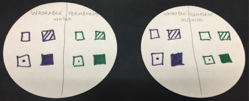
Filter paper after added water (left circle); the paper with added alcohol (right):
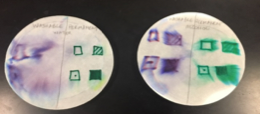
Pictured is a sample poster one of the groups of students created. The claims are given at the top based on the polarity of the ink and the water or alcohol. Students indicate their evidence and then explain their reasoning at the end:
